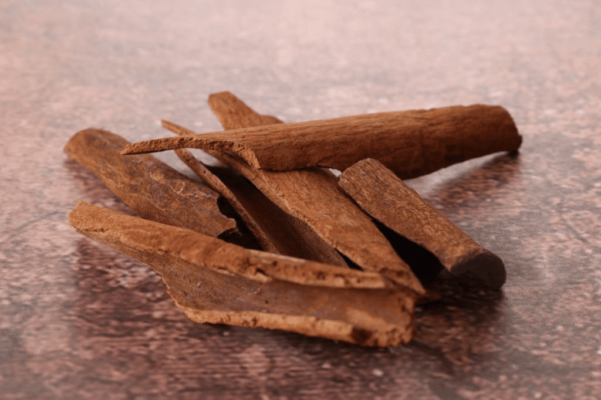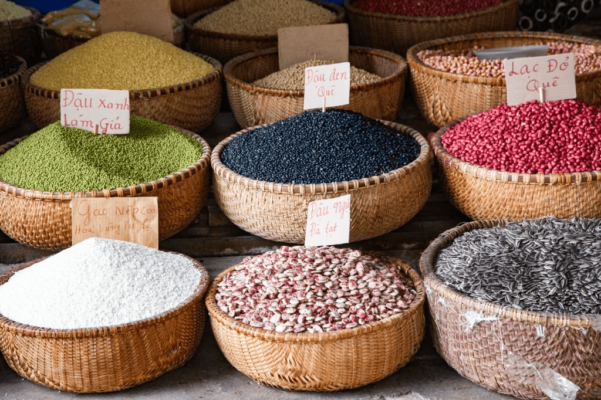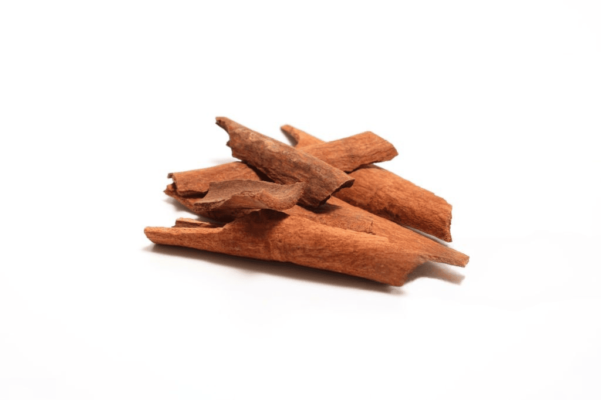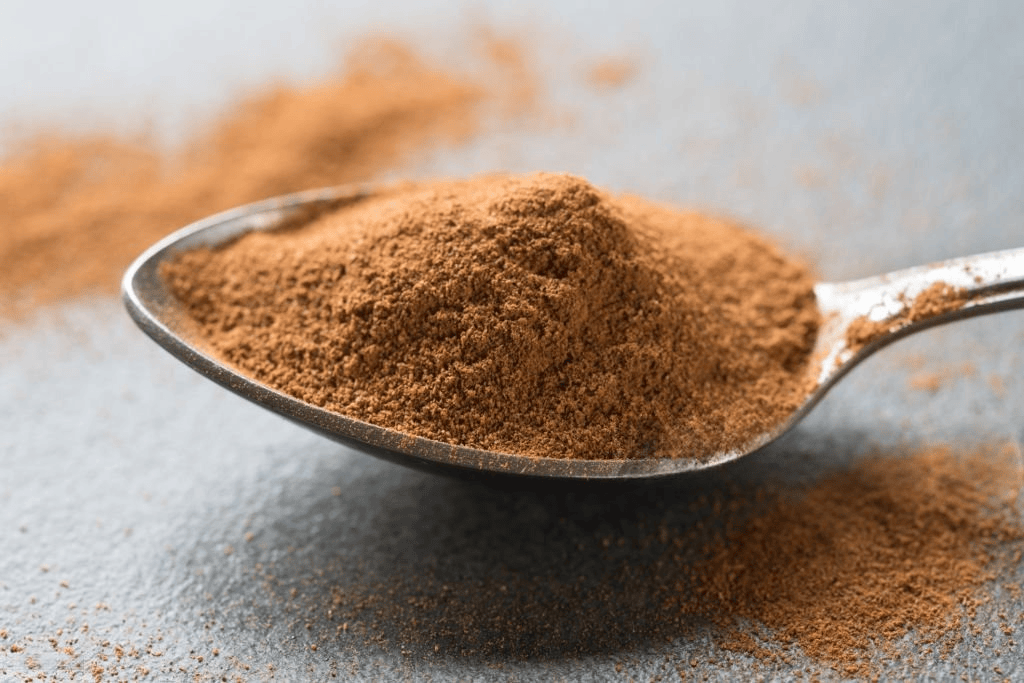Broken Cassia: How to Differentiate High-Quality and Low-Quality Product
Contents
- Broken Cassia: How to Differentiate High-Quality and Low-Quality Product
Broken Cassia: How to Differentiate High-Quality and Low-Quality Product
NOTE: All information is compiled and shared from many sources on the internet and is for reference only, not for practical application and should not be followed. It is recommended to contact a specialist for detailed and correct information. We are not responsible in any case.
1. Introduction
In the world of spices, quality makes all the difference—especially when it comes to traditional products like broken cassia. With a rising demand for natural and authentic ingredients, consumers are increasingly focused on ensuring that the cassia they purchase is of premium quality. However, with variations in processing methods and potential adulteration, it can be challenging to discern high-quality broken cassia from lower-grade alternatives. This article provides a comprehensive guide to help you identify the key characteristics of premium broken cassia, drawing on traditional expertise and modern quality standards.

2. Understanding the Importance of Quality
High-quality broken cassia not only enhances the flavor of your dishes but also offers superior health benefits. It is produced through meticulous traditional processing methods that preserve the natural essential oils and bioactive compounds. In contrast, low-quality products may be over-processed or adulterated, resulting in a diminished aroma, flavor, and nutritional value. Recognizing these differences is crucial for both culinary professionals and health-conscious consumers.
3. Key Indicators of High-Quality Broken Cassia
3.1. Appearance and Texture
Premium broken cassia is characterized by its natural, irregular fragmentation. Look for the following:
- Uniformity in Fragmentation: While each piece is unique, high-quality product shows a consistent size and shape that reflects careful hand-processing.
- Intact Fibrous Structure: The fragments should retain a slightly fibrous texture, indicating that the natural structure of the bark has been preserved.
- Color Consistency: Authentic product typically exhibits a rich, deep reddish-brown color. Faded or overly uniform coloration may be a sign of inferior processing or adulteration.
3.2. Aroma and Flavor
The aroma and flavor are the most critical indicators of quality.
- Intense Aroma: High-quality broken cassia releases a strong, complex aroma due to the retention of essential oils. When you gently rub or crush a piece between your fingers, you should detect a warm, spicy fragrance.
- Robust Flavor Profile: Premium products offer a well-rounded, robust flavor with a balance of sweetness and spiciness. A weak or one-dimensional taste is often a red flag for low quality.
3.3. Processing Method
The production process significantly influences the quality of broken cassia.
- Traditional Techniques: Authentic, high-quality cassia is produced using traditional, manual methods that involve careful harvesting, natural sun-drying, and hand-processing.
- Minimal Chemical Intervention: Quality products are free from synthetic additives or chemical treatments. Look for labels or certifications that guarantee natural processing.
4. How to Examine Broken Cassia at the Point of Purchase
When shopping for broken cassia, whether in specialty stores or online, use the following guidelines:

4.1. Inspect the Packaging:
Reputable vendors provide detailed information about the product’s origin, processing method, and certification. Look for clear labeling that states “authentic,” “traditional,” or “organic” where applicable.
4.2. Examine the Product Physically:
If possible, assess its appearance, texture, and aroma. Authentic broken cassia should feel firm, have a natural irregular shape, and emit a rich, spicy fragrance.
4.3. Research the Vendor:
Purchase from trusted suppliers such as Vnature Vietnam, known for their commitment to quality and sustainable practices. Check customer reviews and certifications for additional assurance.
5. Comparative Analysis: High-Quality vs. Low-Quality Broken Cassia

Consider the following comparison:
-
High-Quality Broken Cassia:
- Appearance: Irregular yet consistent in size; retains a natural fibrous structure.
- Aroma: Strong, complex, and naturally spicy.
- Processing: Hand-processed using traditional methods with no chemical additives.
- Certification: Often accompanied by quality certifications and detailed origin information.
-
Low-Quality Broken Cassia:
- Appearance: Overly uniform or artificially broken; may have a dull color.
- Aroma: Weak, lacking the intensity and complexity of natural essential oils.
- Processing: May be mass-produced with high-temperature processing and chemical enhancements.
- Certification: Lacks transparency or certification regarding processing methods.
6. Expert Tips for Consumers
- Ask Questions: Inquire about the product’s origin, processing methods, and certifications when purchasing from a vendor.
- Start with Small Quantities: Try a small amount from a new brand or supplier before making a larger purchase.
- Educate Yourself: Familiarize yourself with the sensory characteristics of premium broken cassia so you can more easily identify it.
7. Conclusion and Call to Action
High-quality broken cassia is a treasure for both culinary and health applications. By learning how to differentiate between premium and lower-grade products, you can ensure that you bring only the best into your kitchen and home. Understanding the importance of appearance, aroma, flavor, and processing methods will empower you to make informed purchasing decisions.
Call to Action:
Elevate your culinary creations and enjoy the full benefits of authentic broken cassia by choosing only high-quality products. Visit our Products Page for a selection of premium cassia products or contact us via our Contact Page for personalized advice. Share your experiences and join our community of discerning spice enthusiasts who value quality and tradition.





